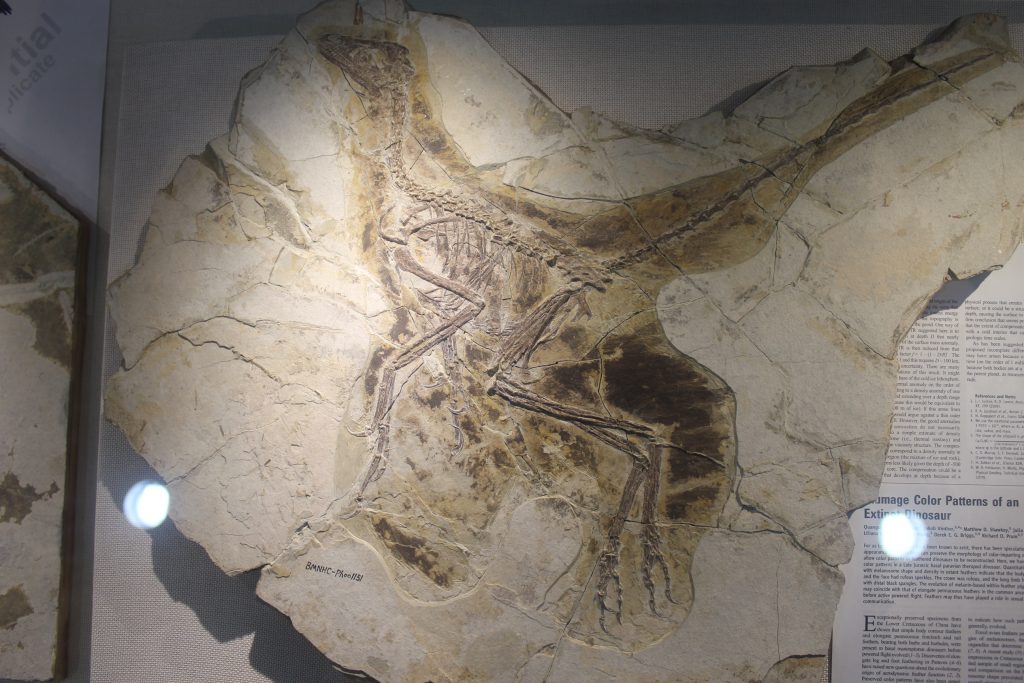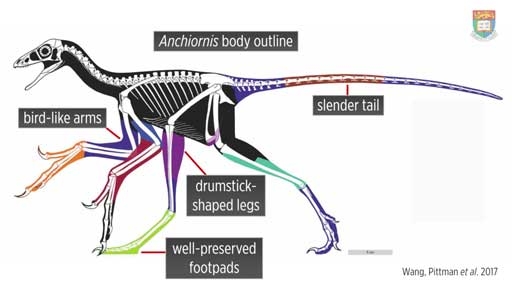
Armed with powerful lasers, scientists recently uncovered new details about bird-like dinosaurs that roamed the earth 160 million years ago.

A study published in Nature Communications outlines how the researchers used a new laser technique to examine fossils of small, feathered dinosaurs called Anchiornis, uncovering details such as soft tissues and foot scales similar to those found in modern birds.
So how exactly did this all work and why is it important?
Typically, the soft tissues of ancient creatures don’t hold up very well over time, and scientists can only tell so much about a species by studying fossil skeletons.
But the light from the lasers essentially created a “glow in the dark” effect as it interacted with minerals in the fossils to show much more detail than is visible in normal light — including soft tissues that were preserved alongside the bones.

The newly-visible details helped confirm what Anchiornis might have looked like: it had bird-like features, including wing-like arms and drumstick-shaped legs.
It also had a propatagium, a membrane in front of the elbow that helps modern birds glide through the air, suggesting that the feathered dinosaurs might have had some aerodynamic capability — though the scientists can’t say for sure.
Scientists have long identified an evolutionary link between dinosaurs and what we know as birds today, but these findings could help “improve how we know birds evolved from an animal that lived on the ground to one that took flight,” said Michael Pittman, one of the study’s lead authors in a video.
WATCH NEXT: Titanoboa: The Largest Snake the World Has Ever Known




